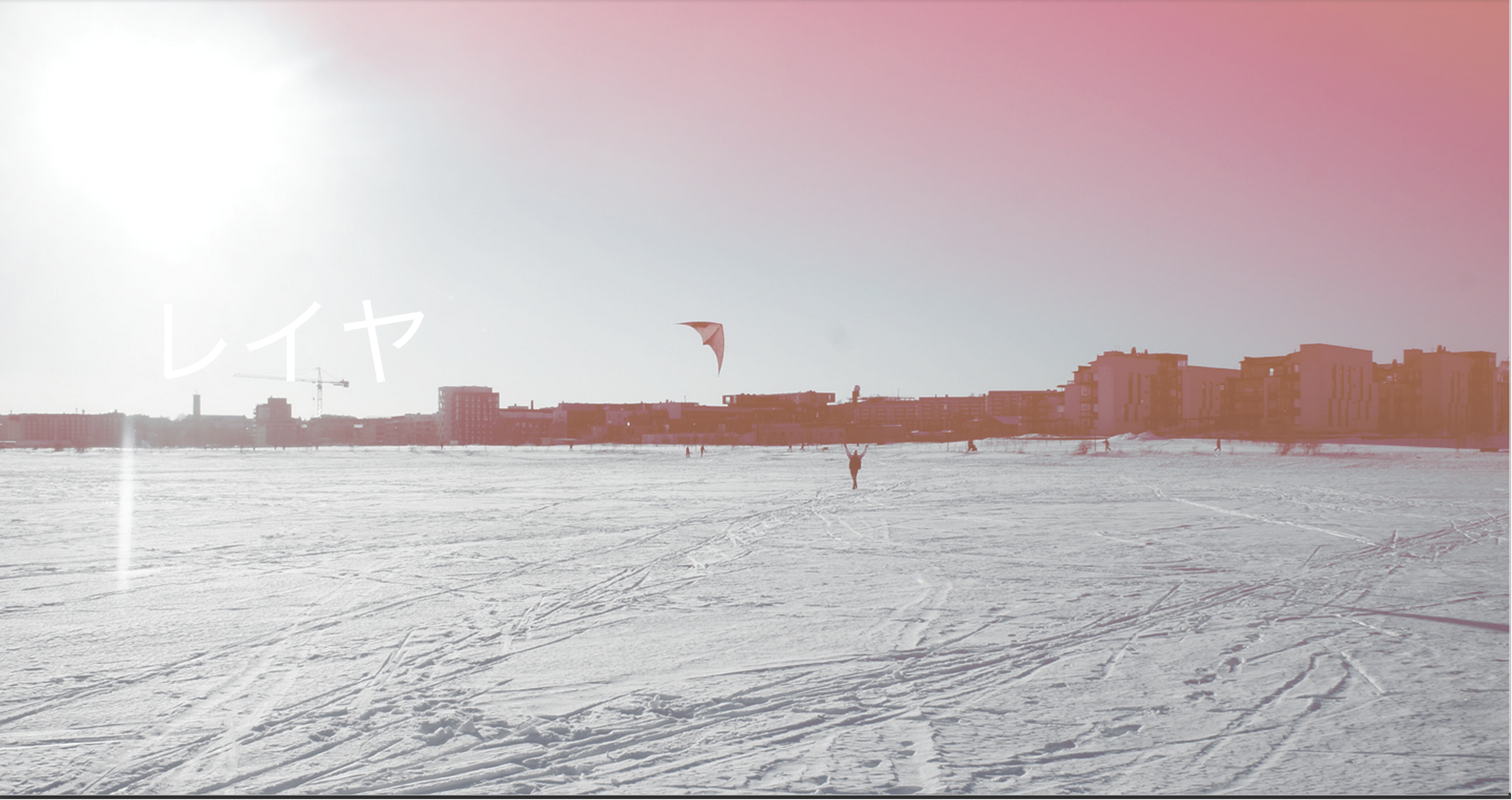
Leija recreates the experience of flying a kite. For that purpose a set of natural forces like wind is being calculated performed to determine a number of possible variables that affect an interaction with physical interface that measures physical control with a computer environment.
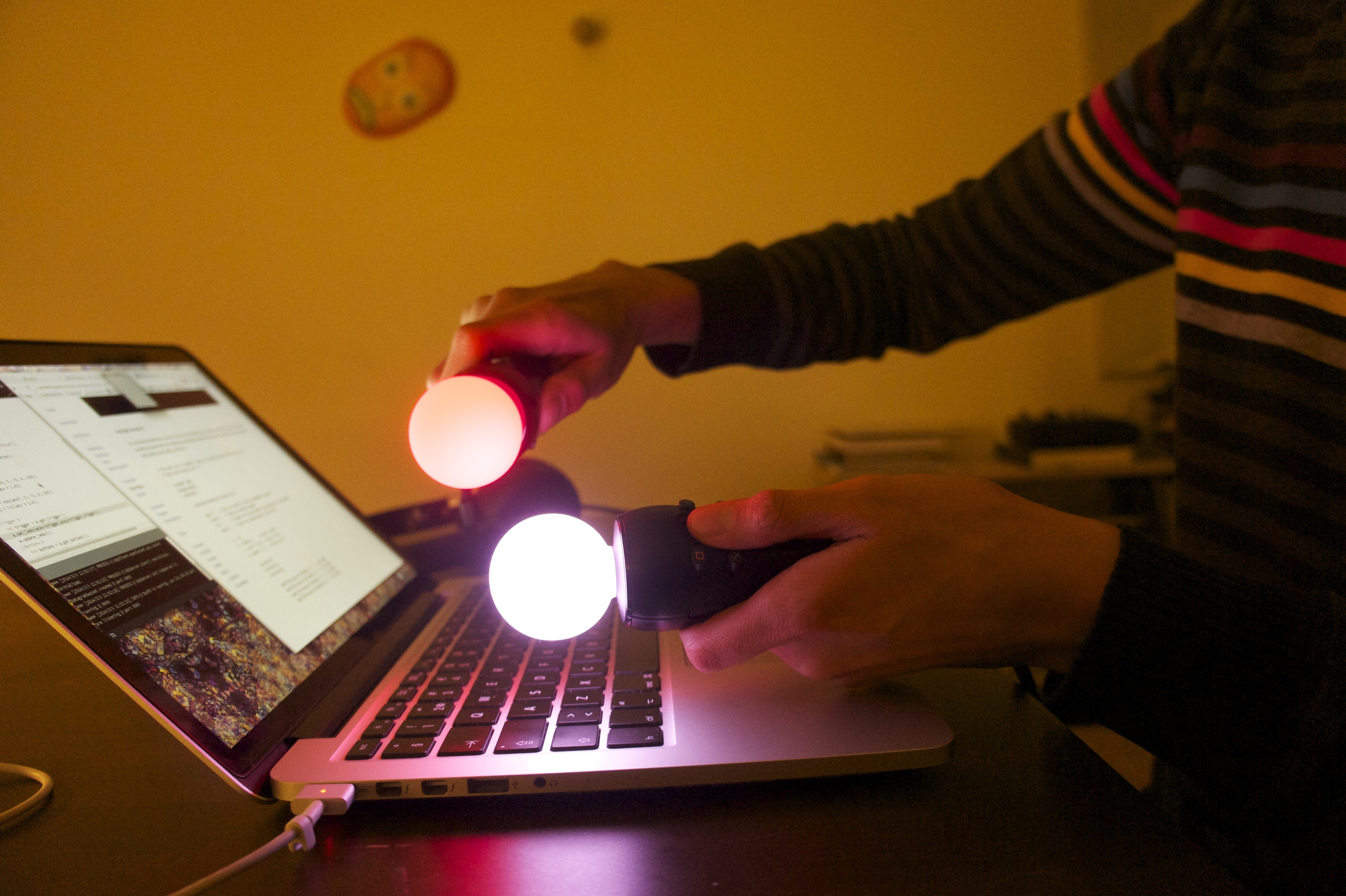
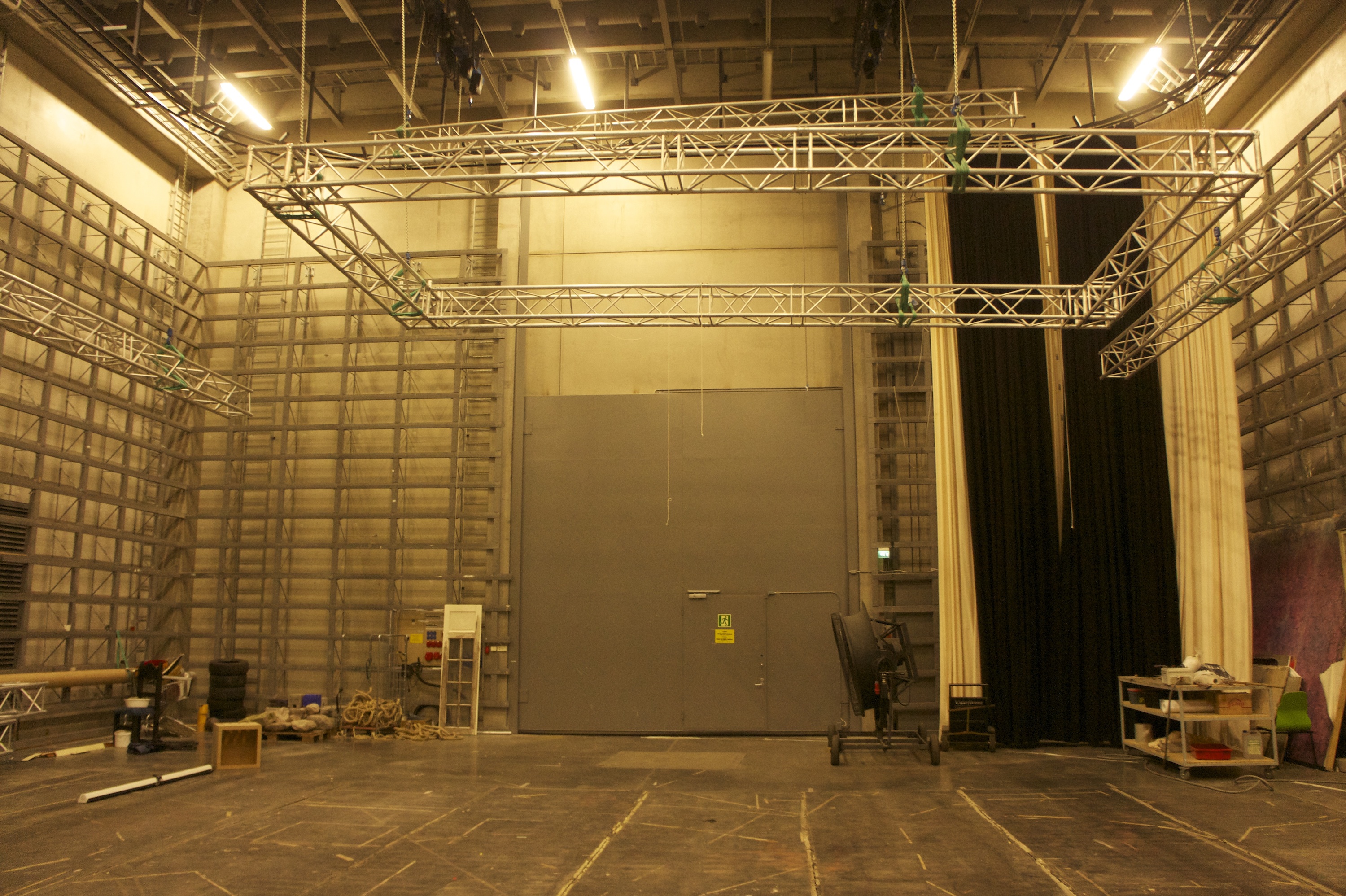
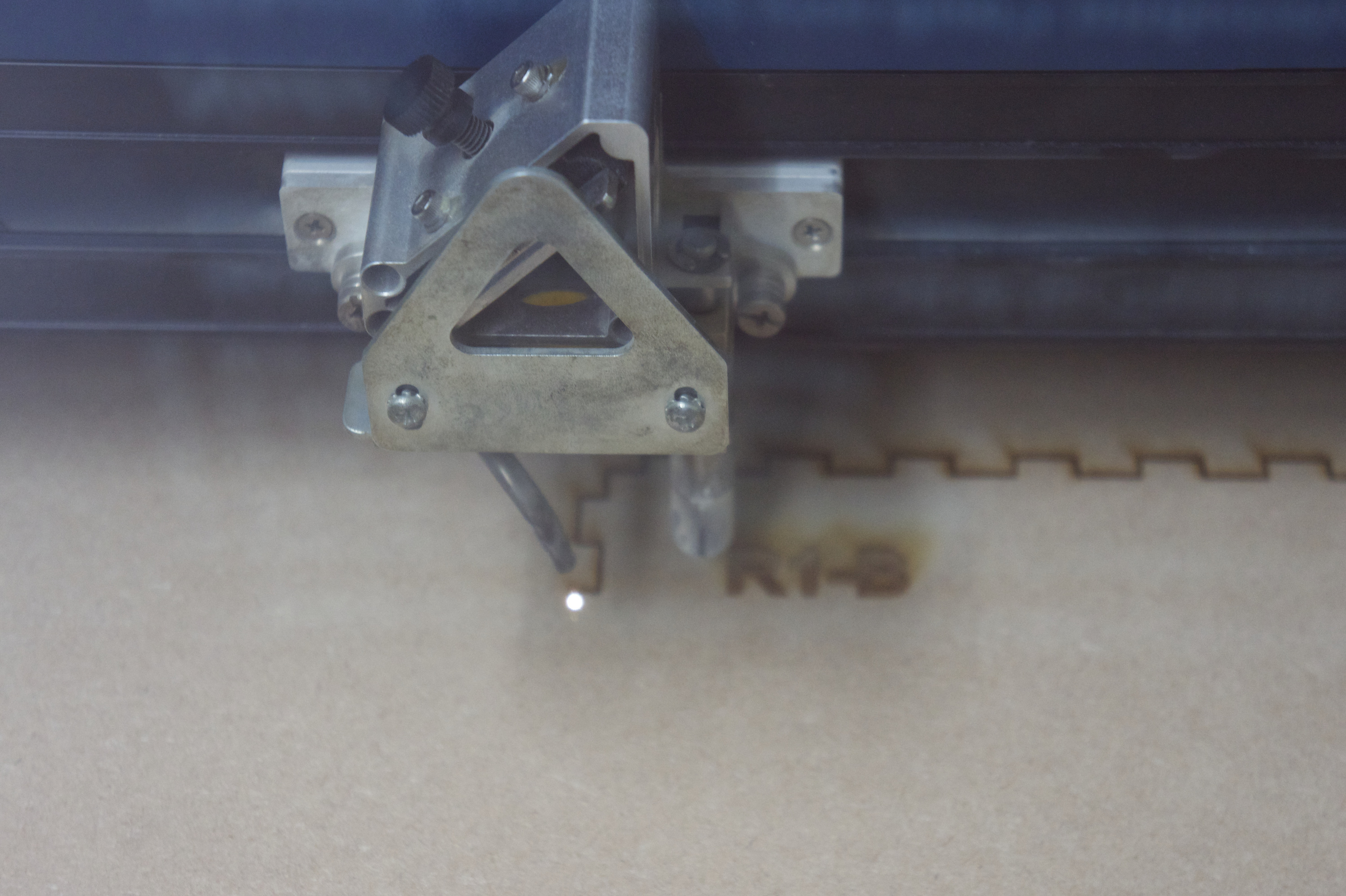

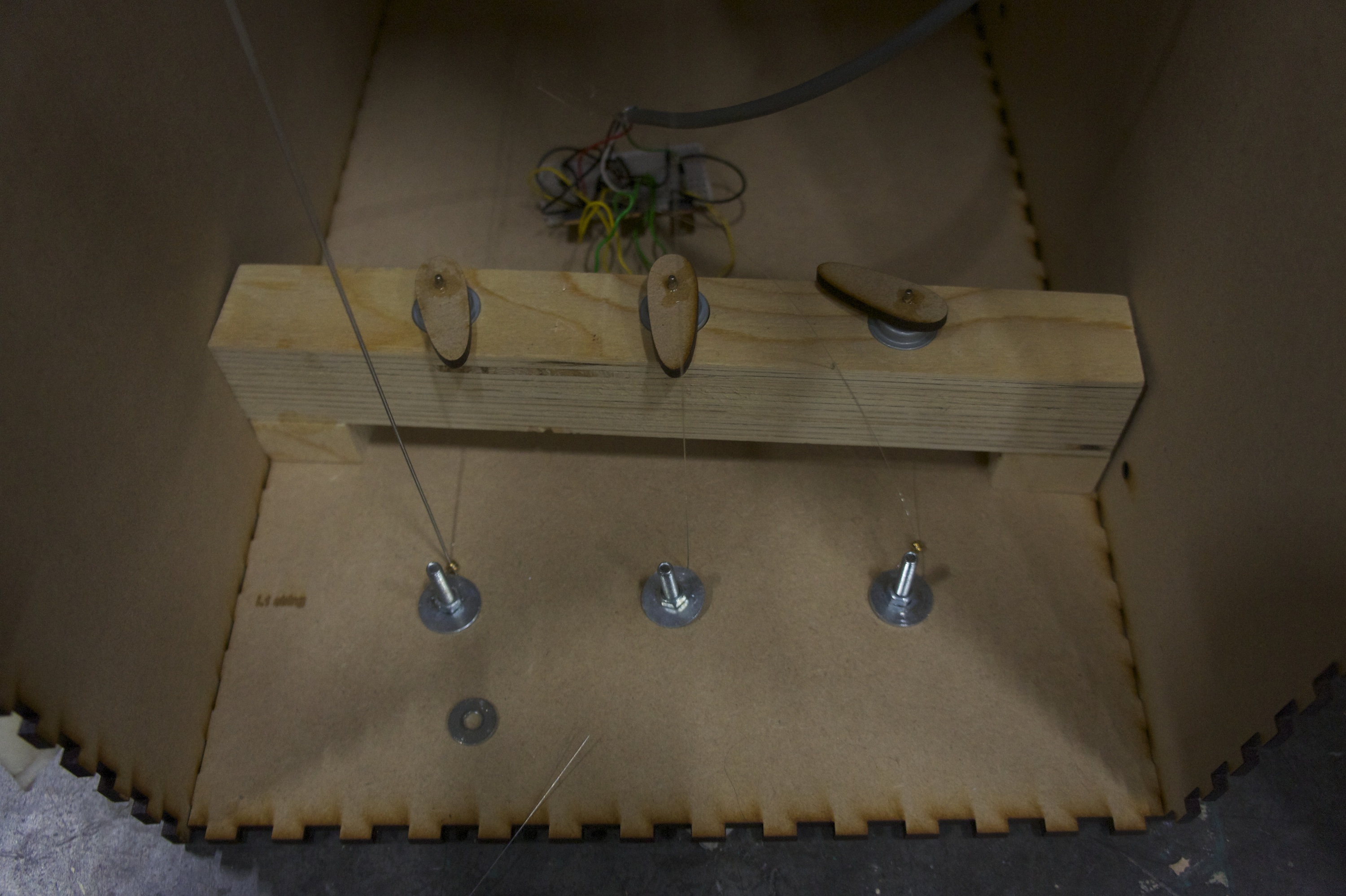
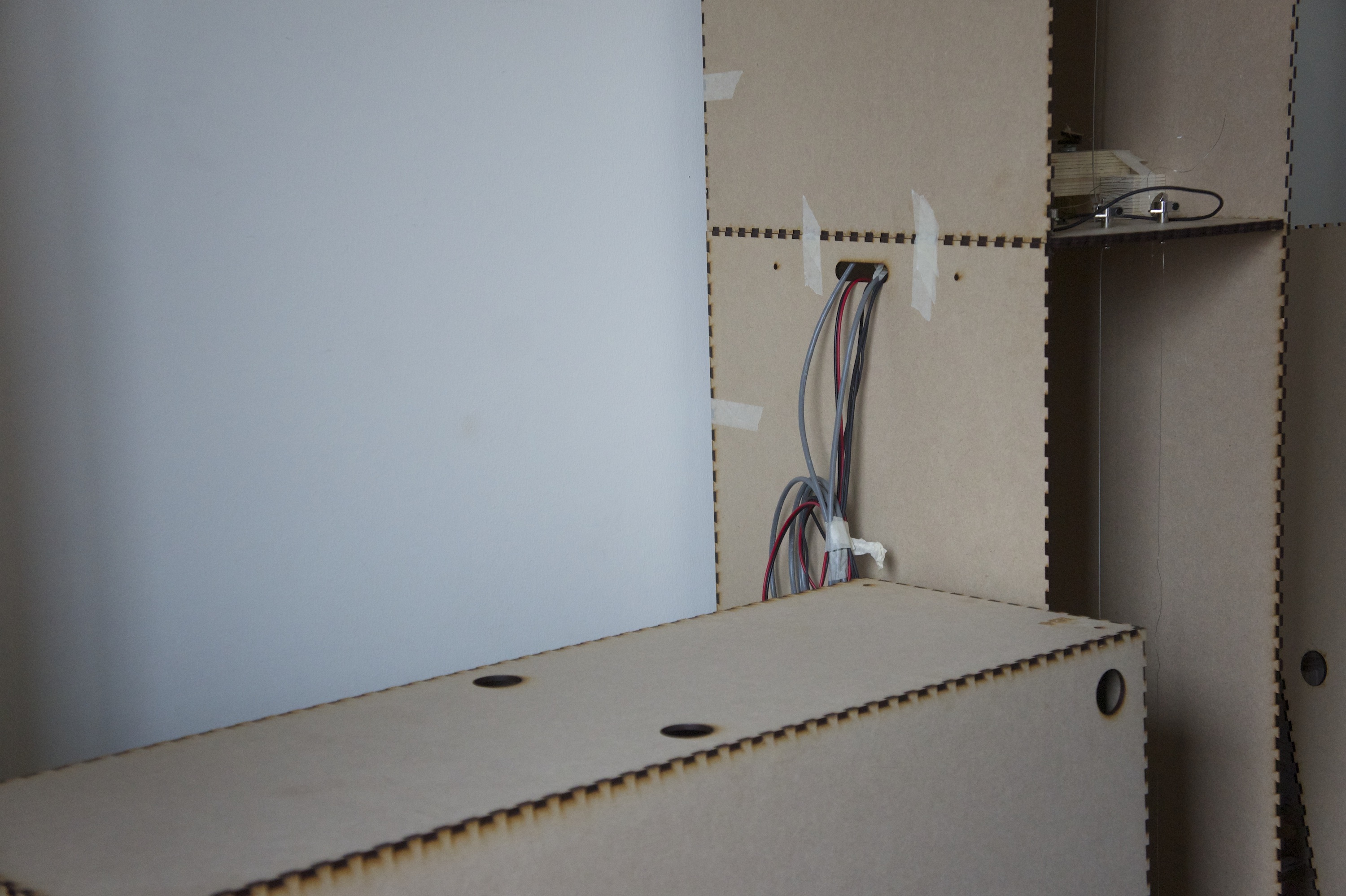

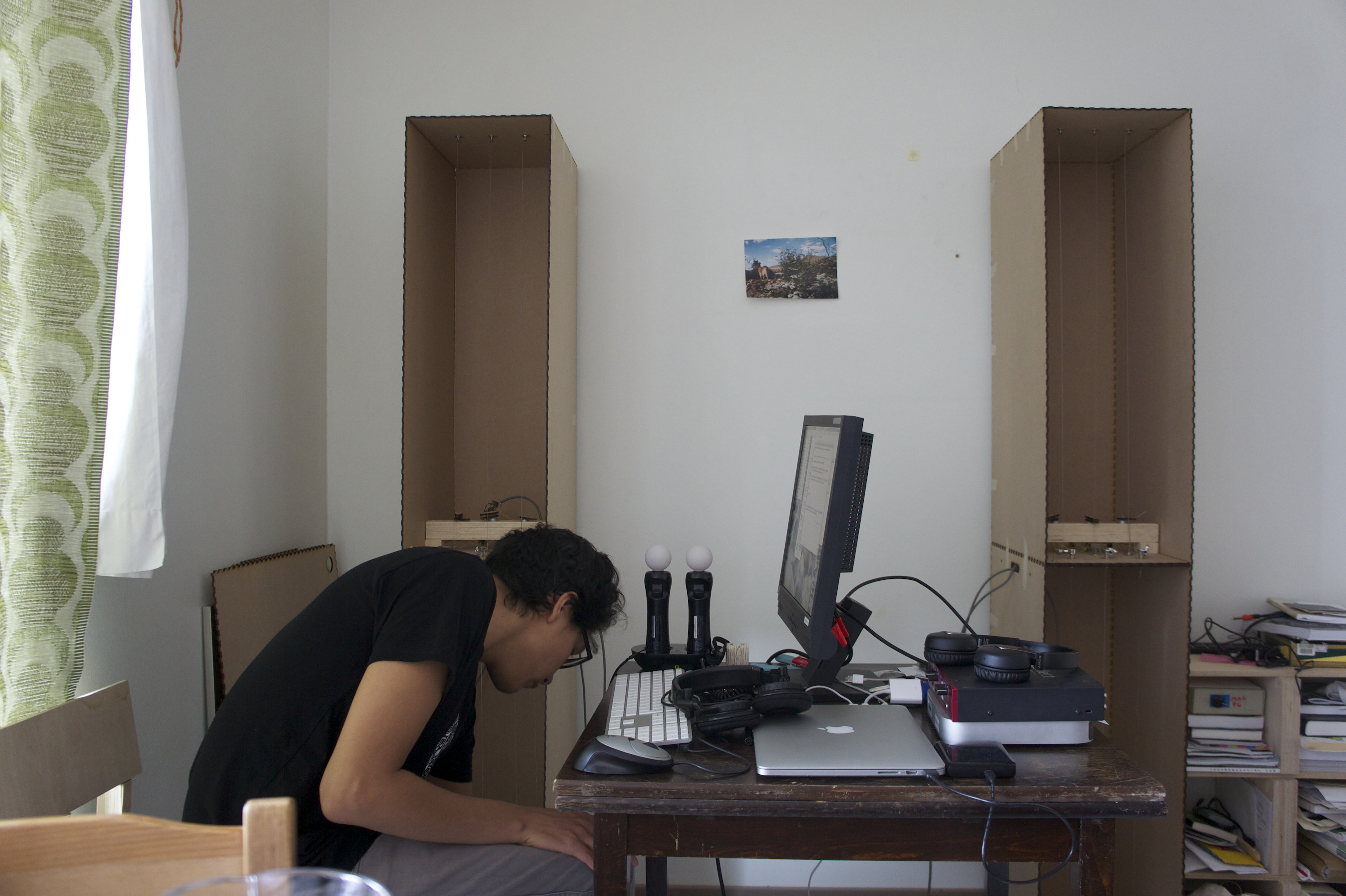
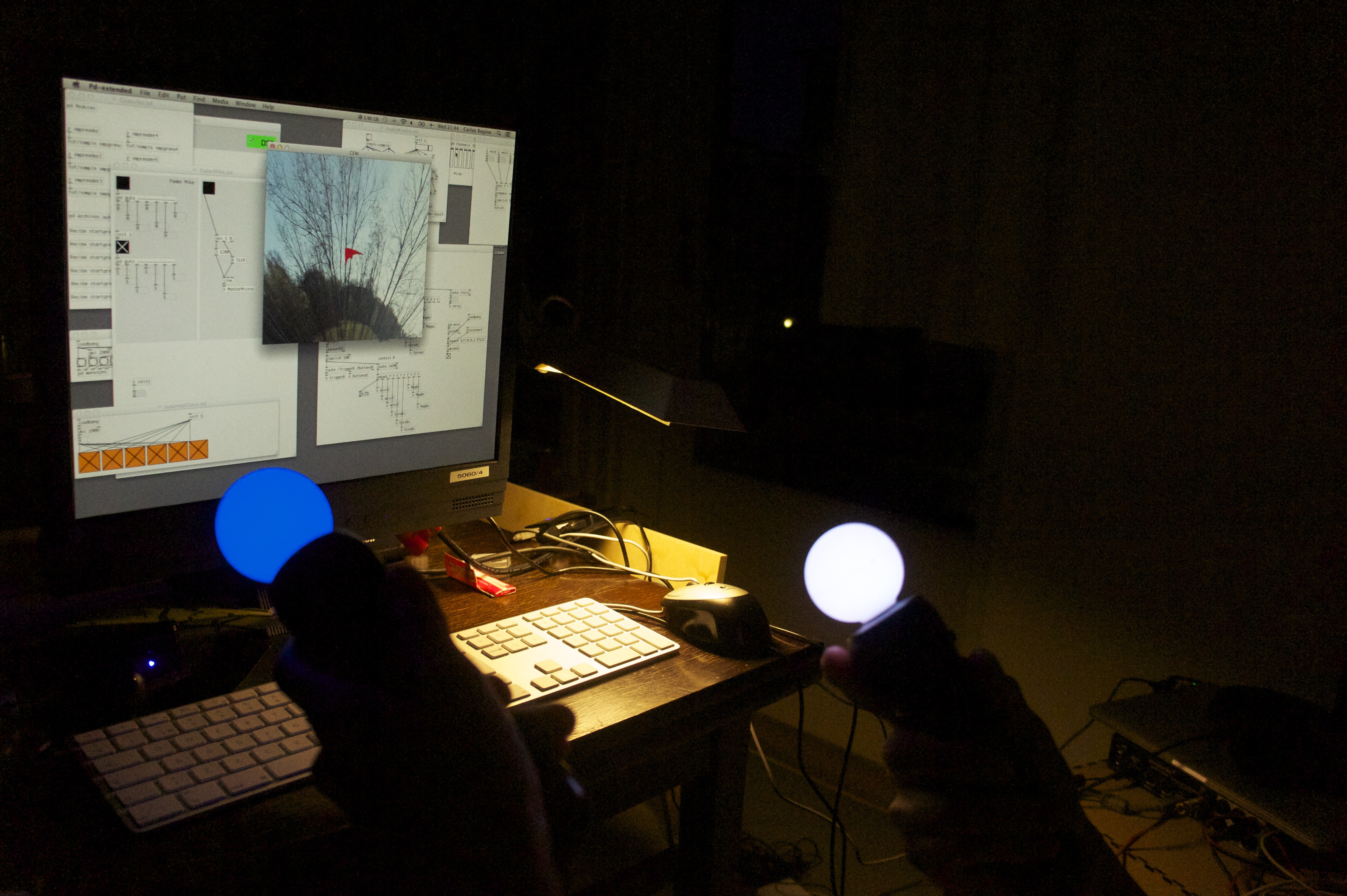
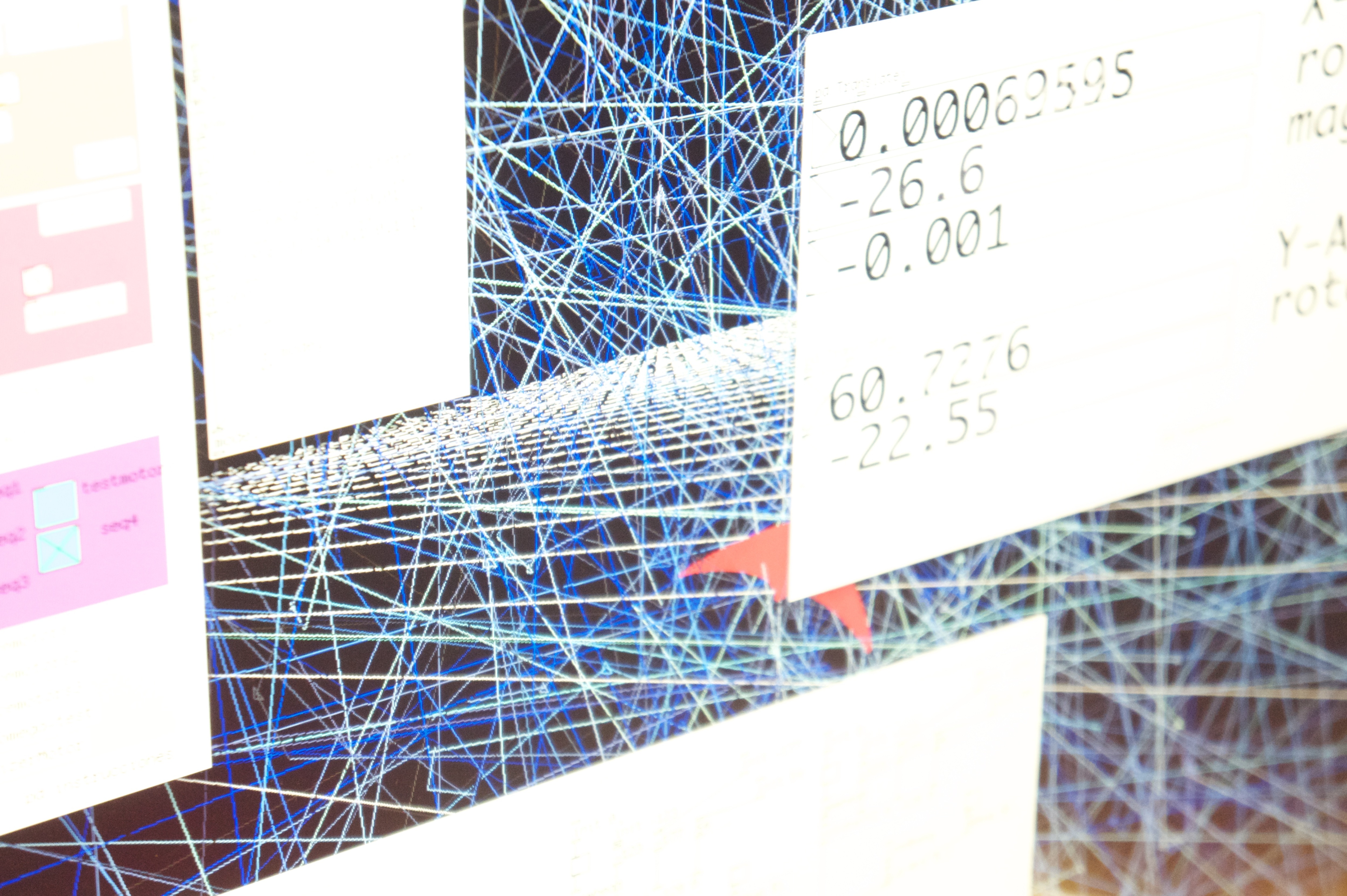
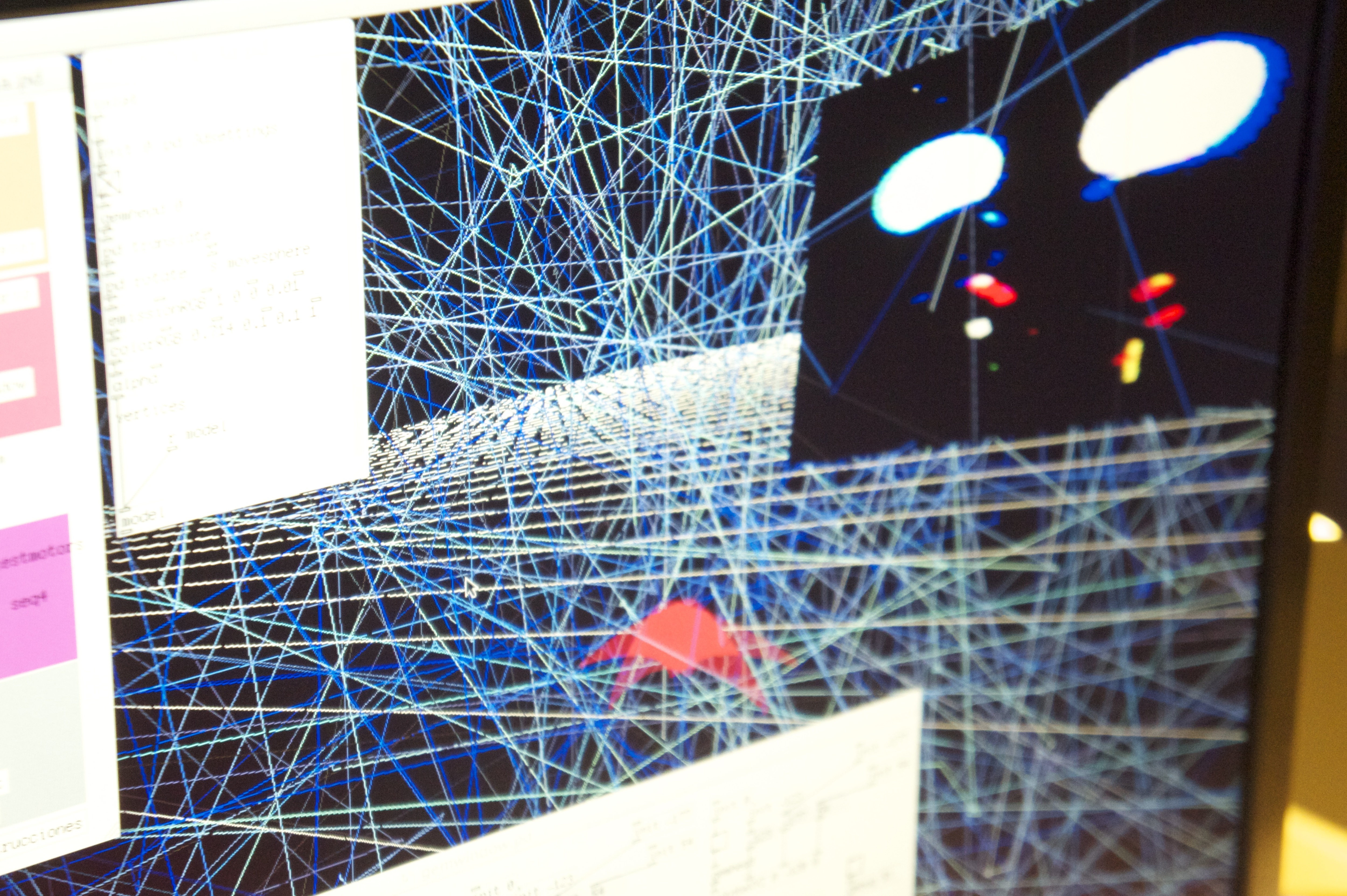
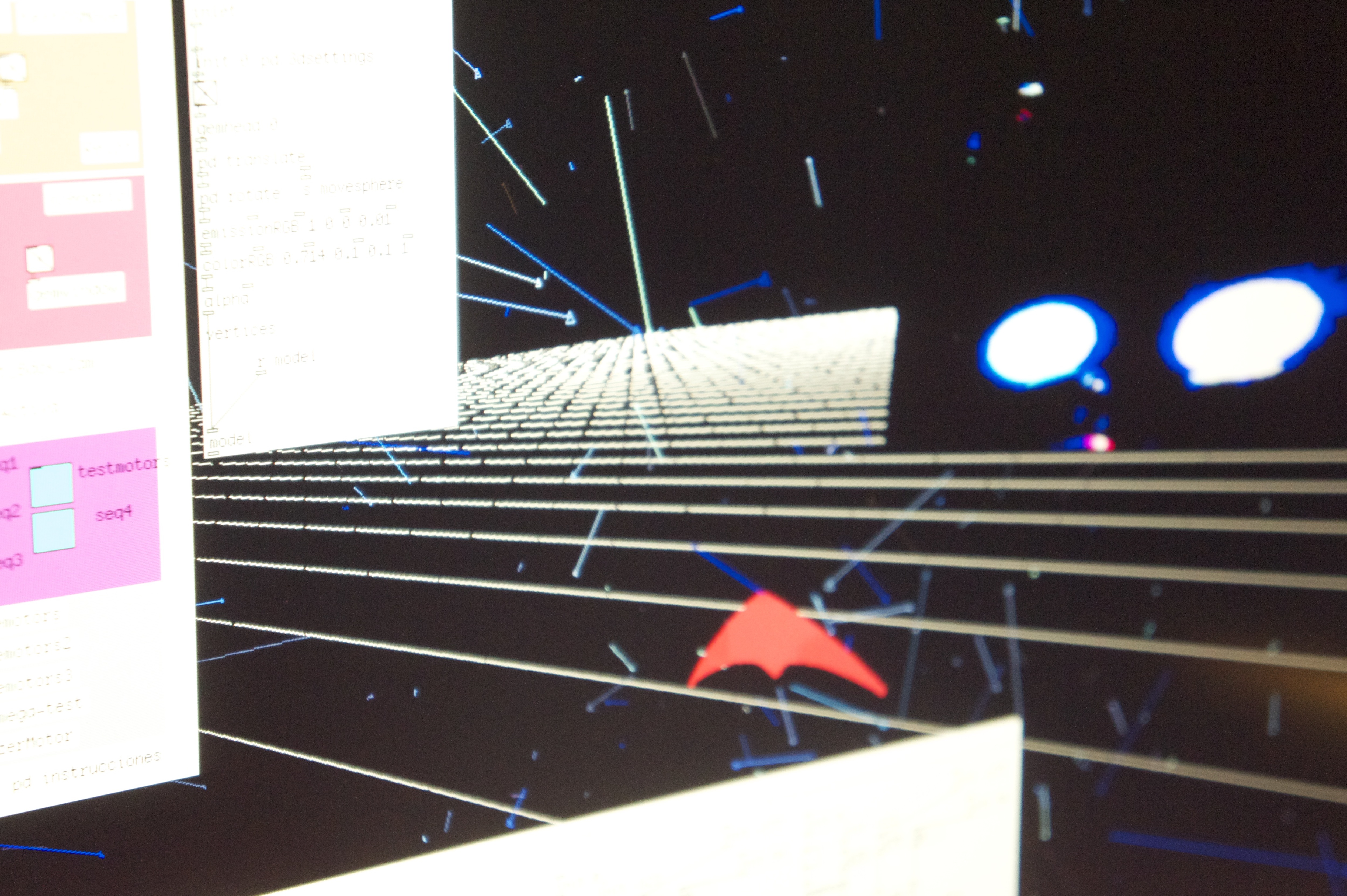
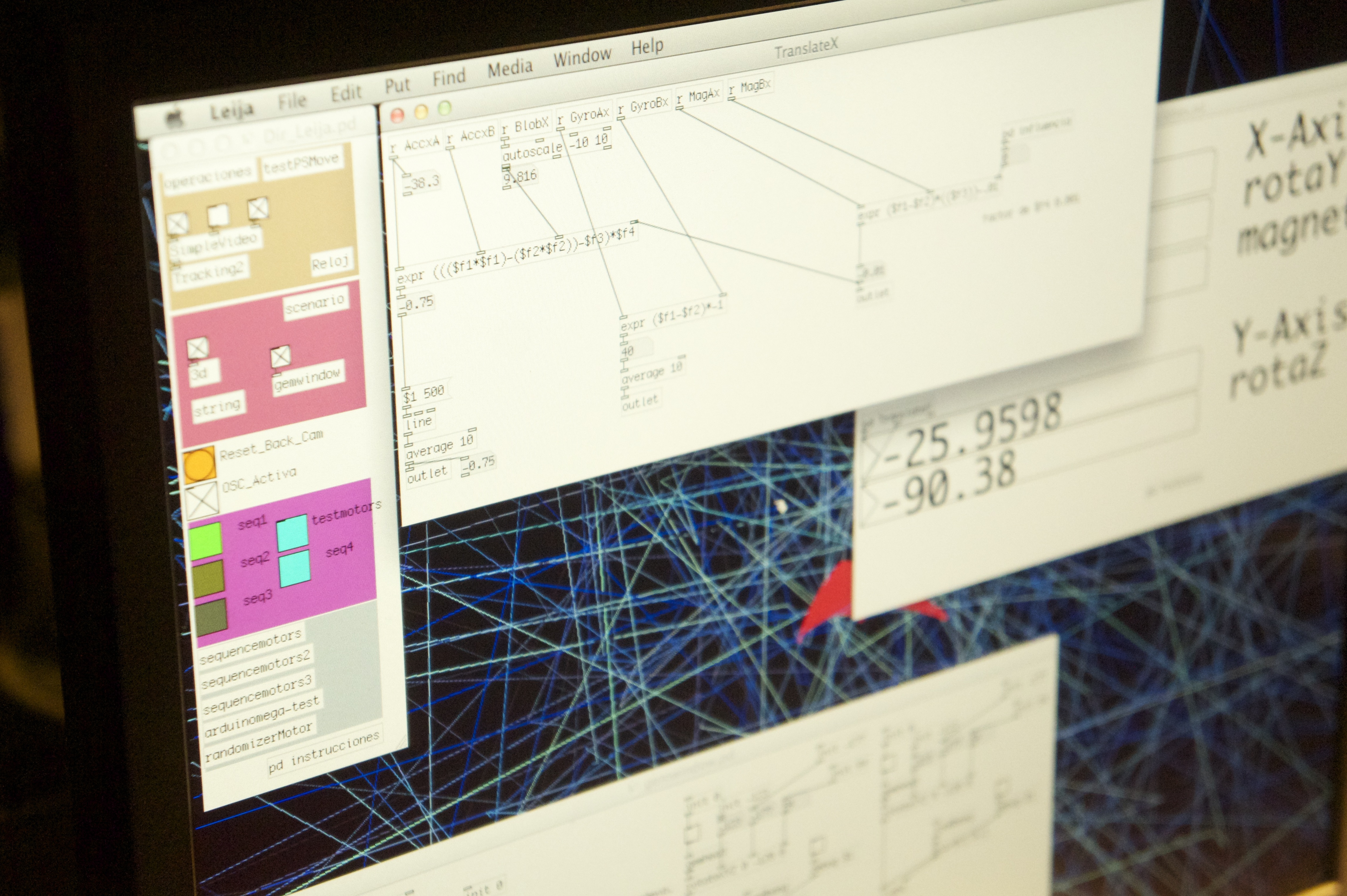
As an sound installation Leija aims to design processes to create sound and visuals in relation to the experience of flying the kite and a special feature to sonify interactions through a set of boxes with strings and motors that play during user interaction.
Kairit Solg designed the structure for easy (re)assembling and transportation, details and preparation of technical drawings for production. The use of boxes in Leija wants to explore the interaction within a half acoustic instrument played by a random sequences of percussion with strings.
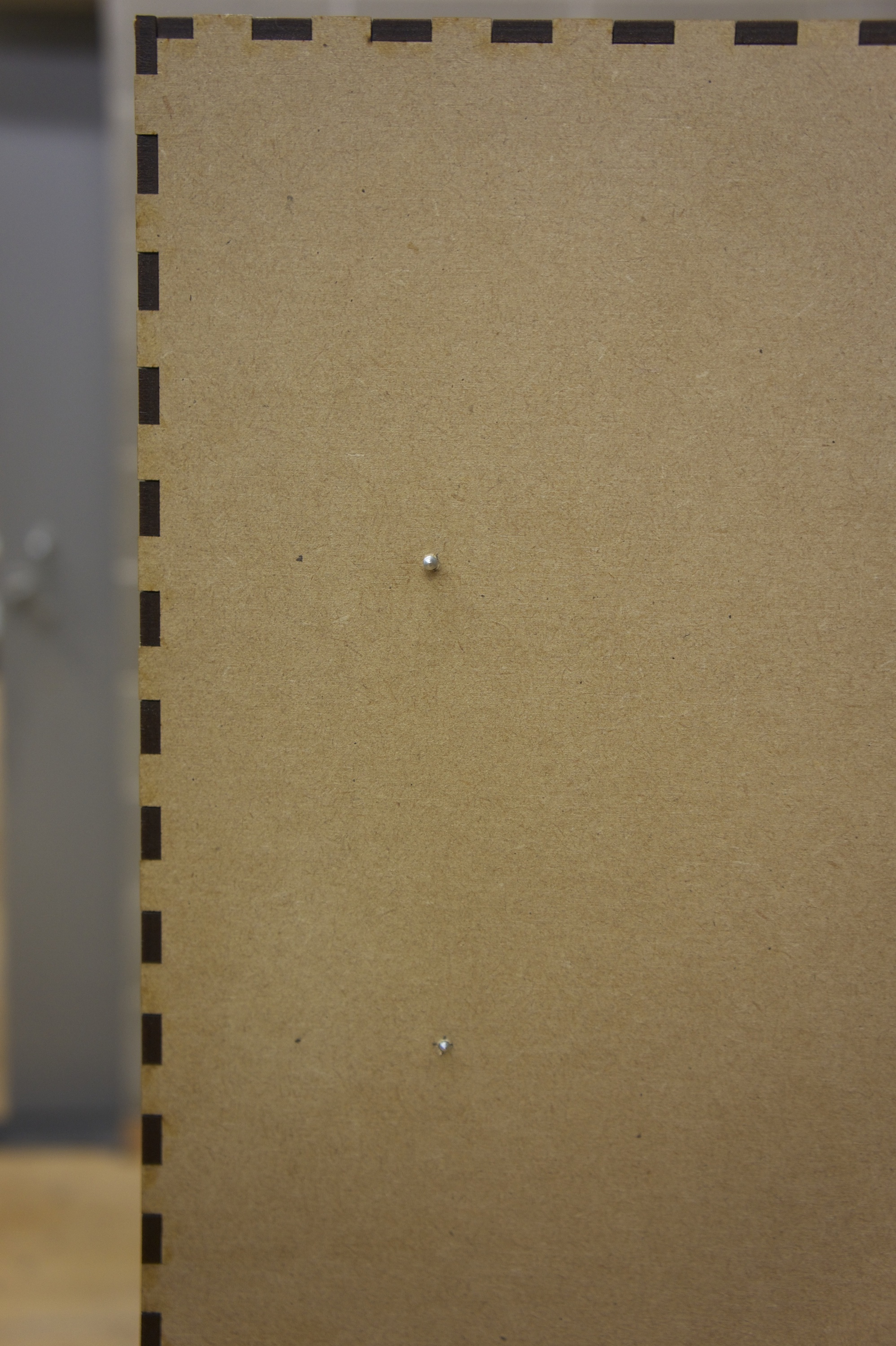
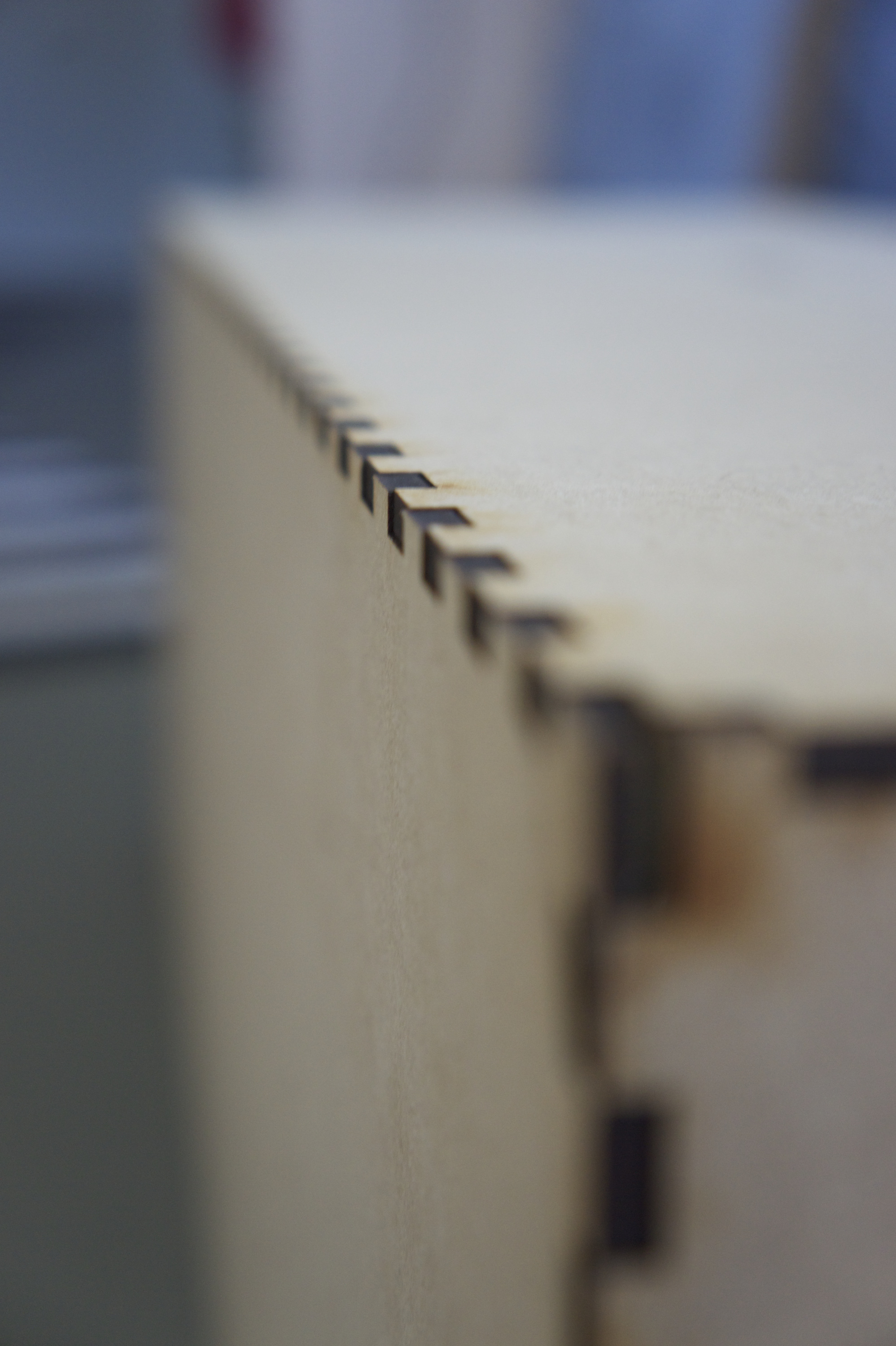
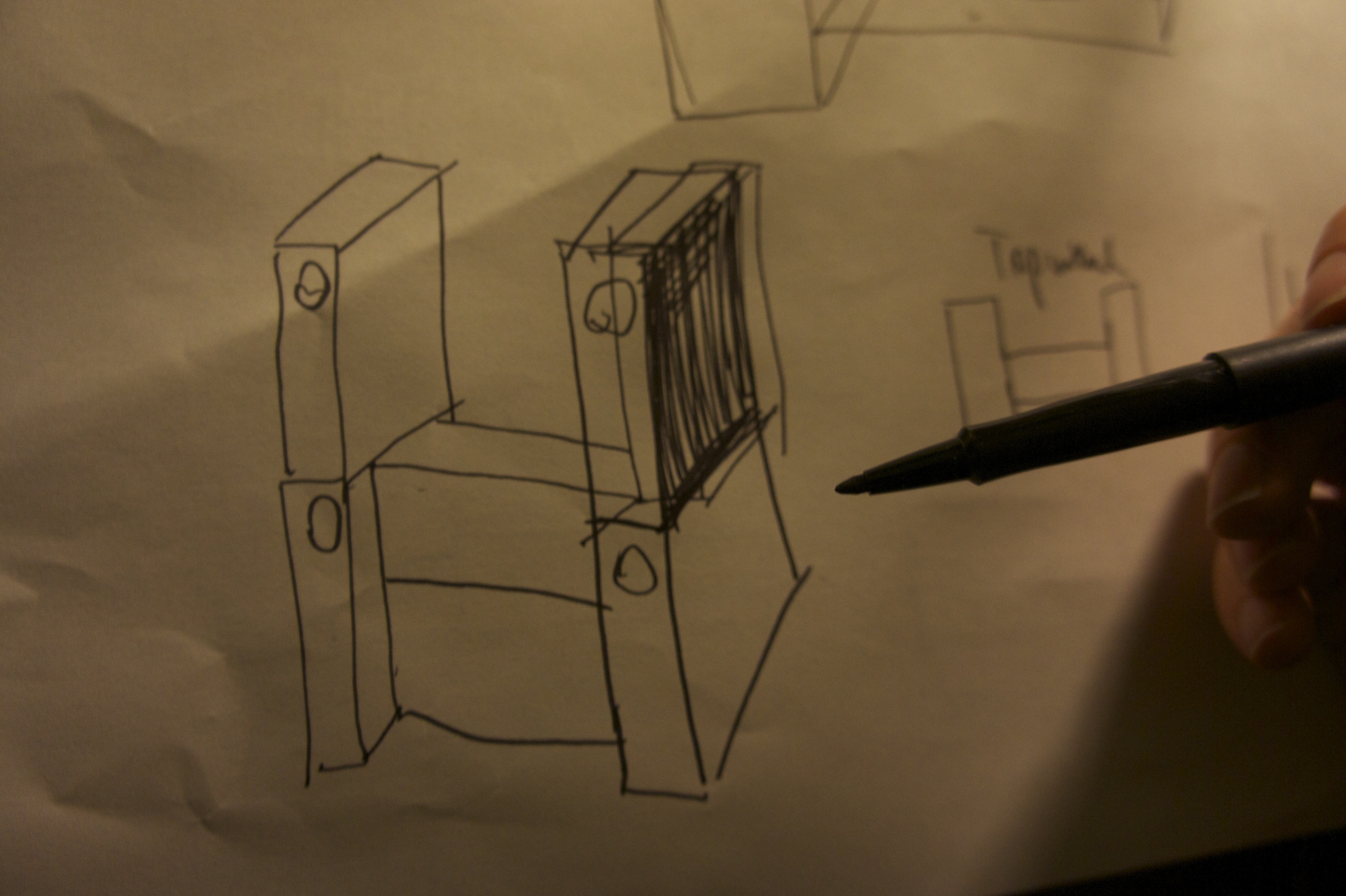
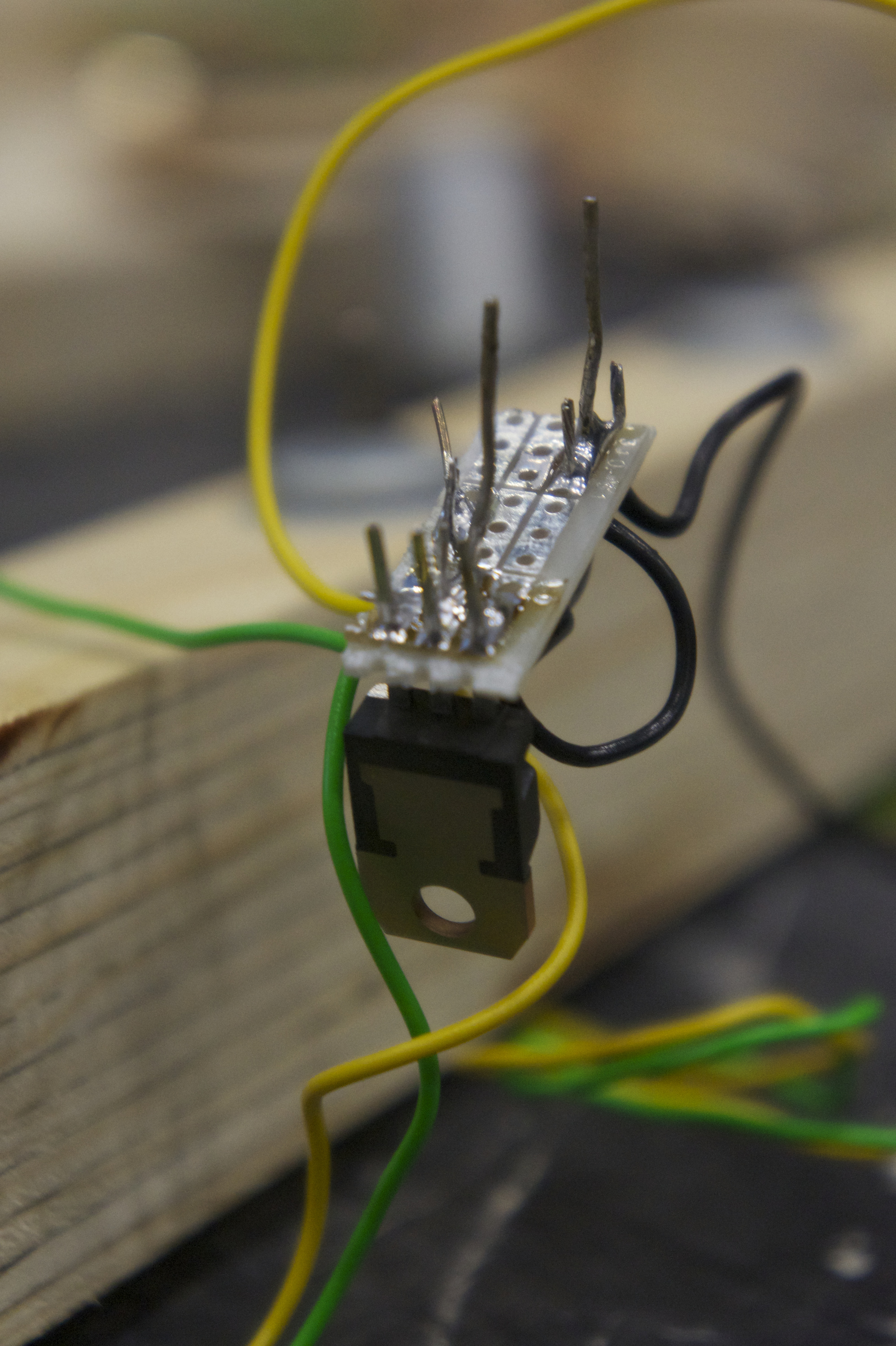
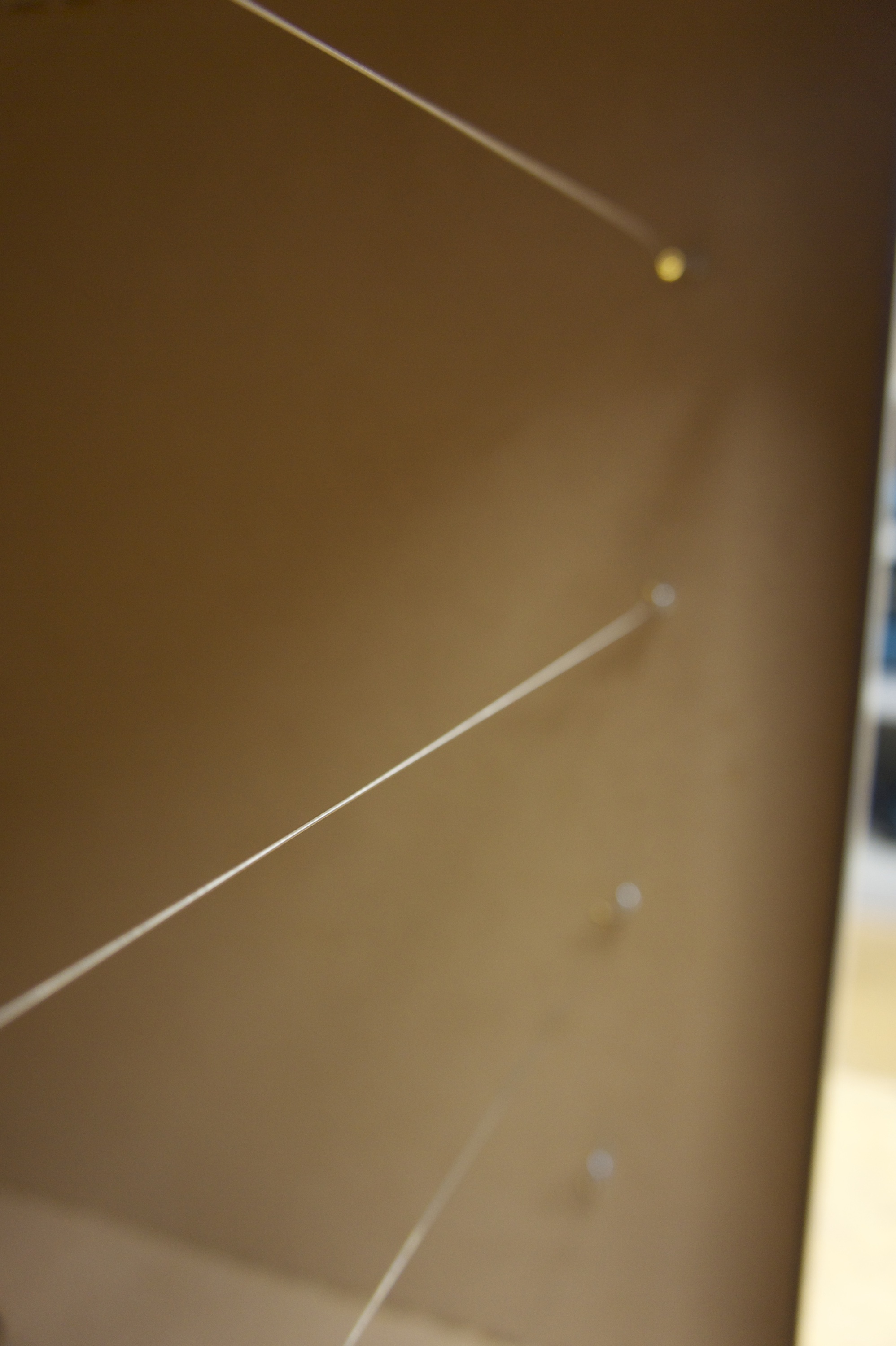
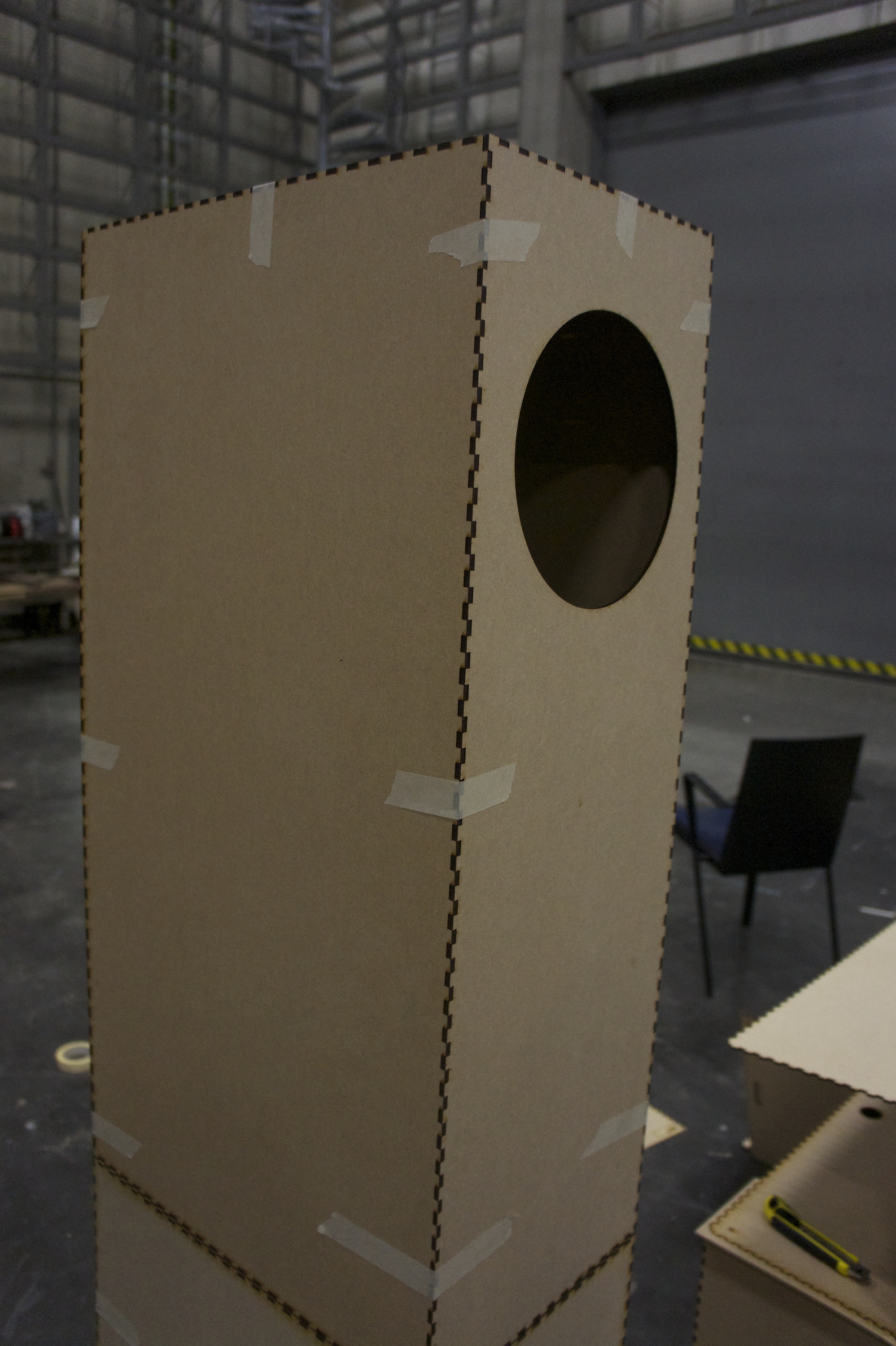
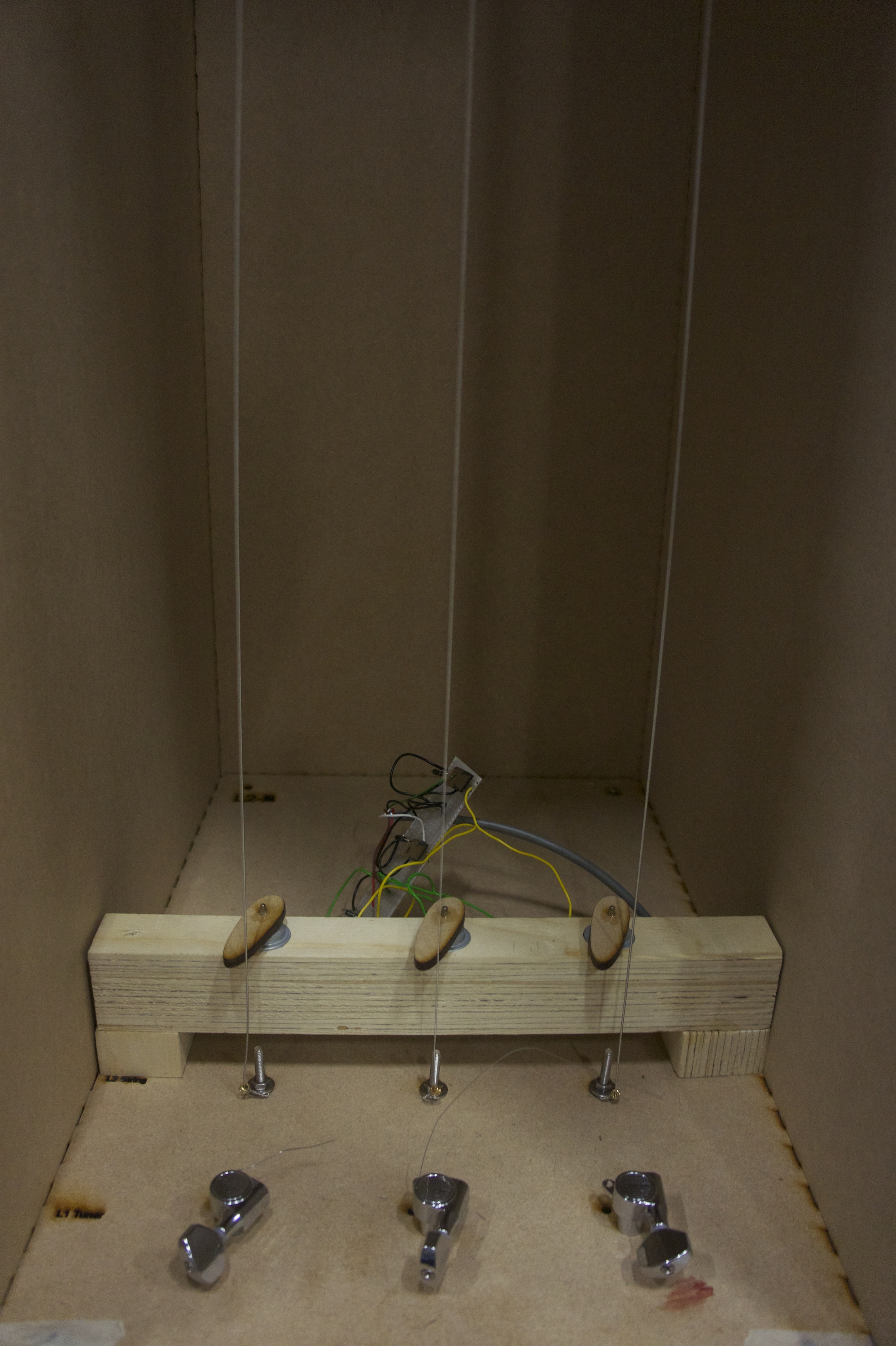
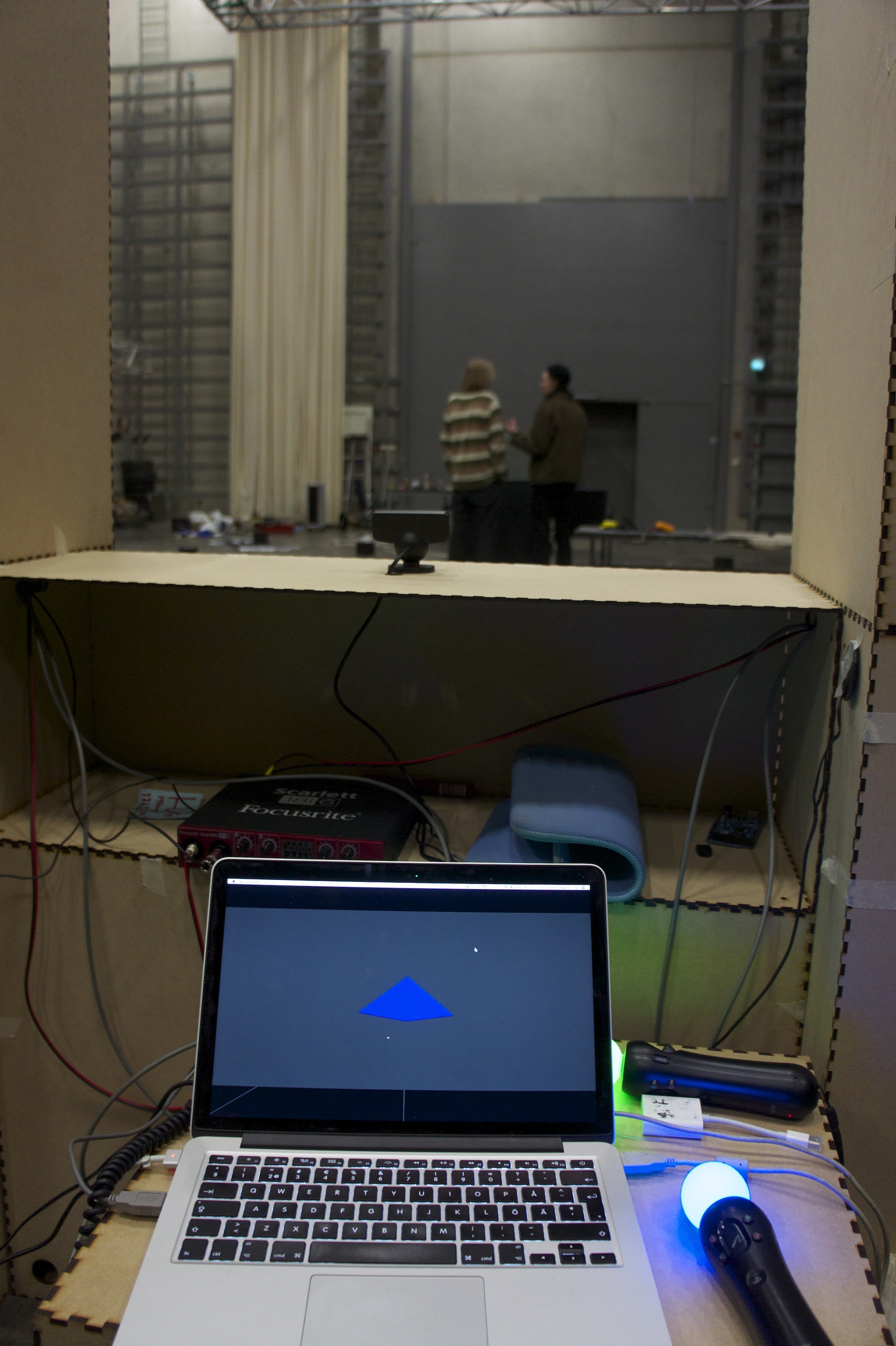
Moreover, Leija explores ludic interaction along the creation of a generative soundscape, the use of the kite as an instrument to play with sounds from natural sources in Finland.
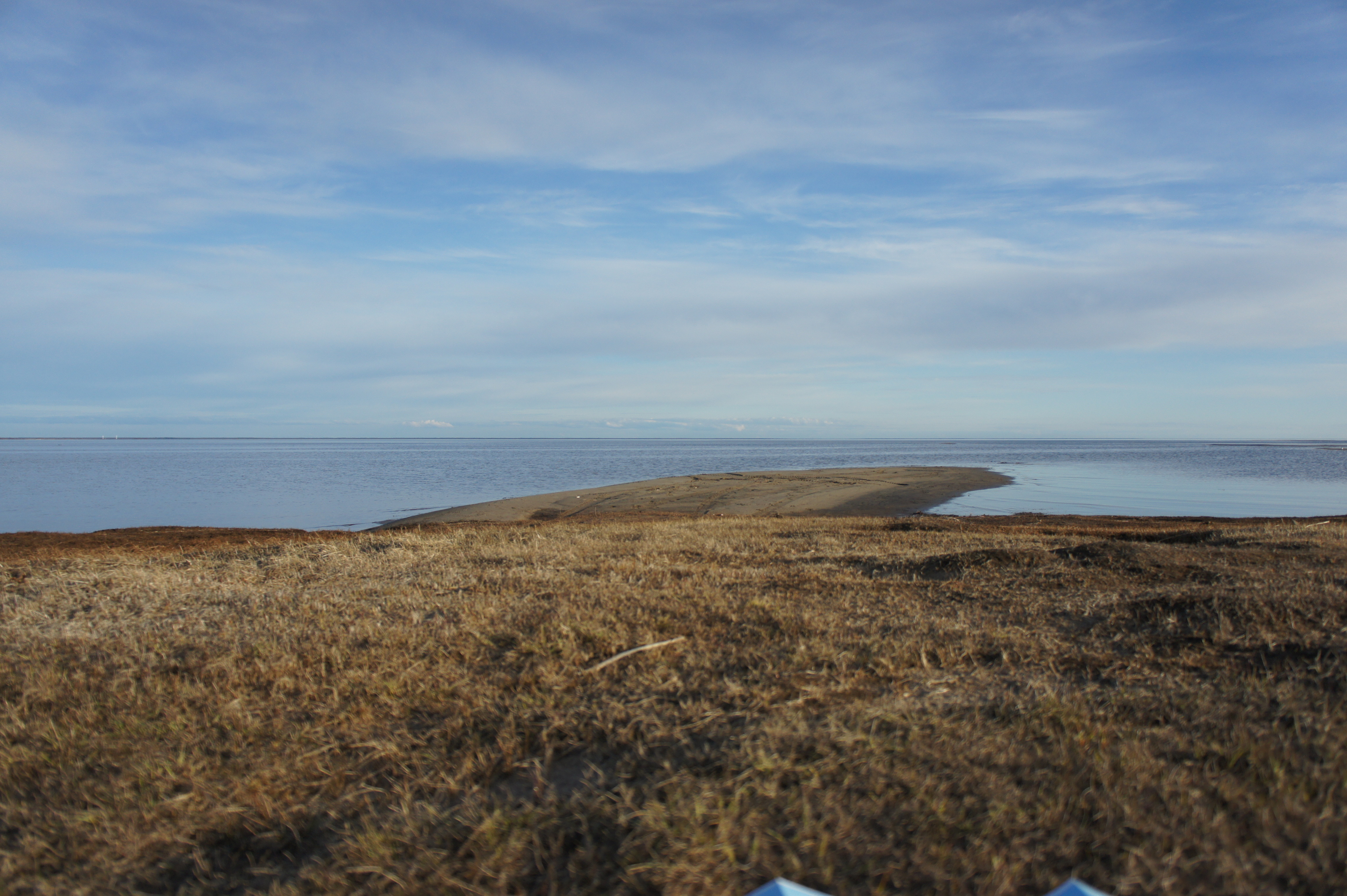
The output from interaction is more audible when the program registers speed changes crossed with orientation coming from a pair of PS Move controllers. speed or the string receives tension impulse, it is triggered a set of sound grains. In addition there is a set of gestures that enable to trade different sound modules: from granular, to FM and AM, synthesis. Each of these sound modules are modelled according to the events enhanced by the user.
User Interface
An environment portrays an open air area where user flies a kite: it could be a sea side or the top of a hill. User perspective is from ground level to follow kite motion.
An Perlin Noise algorithm will be used to generate dynamic wind currents in this virtual environment. Likewise a gravity, and solids simulation is applied to create a more realistic experience.

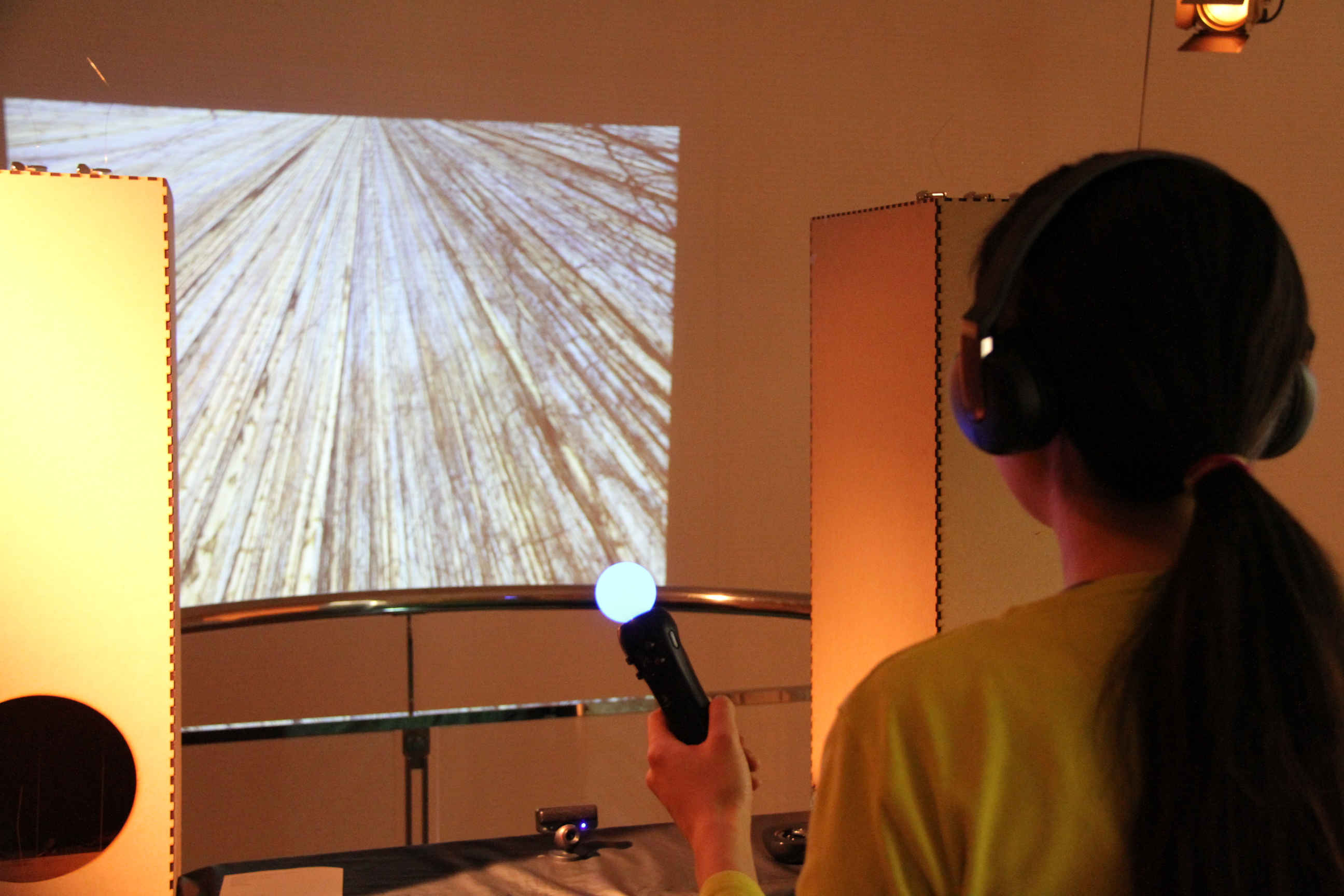

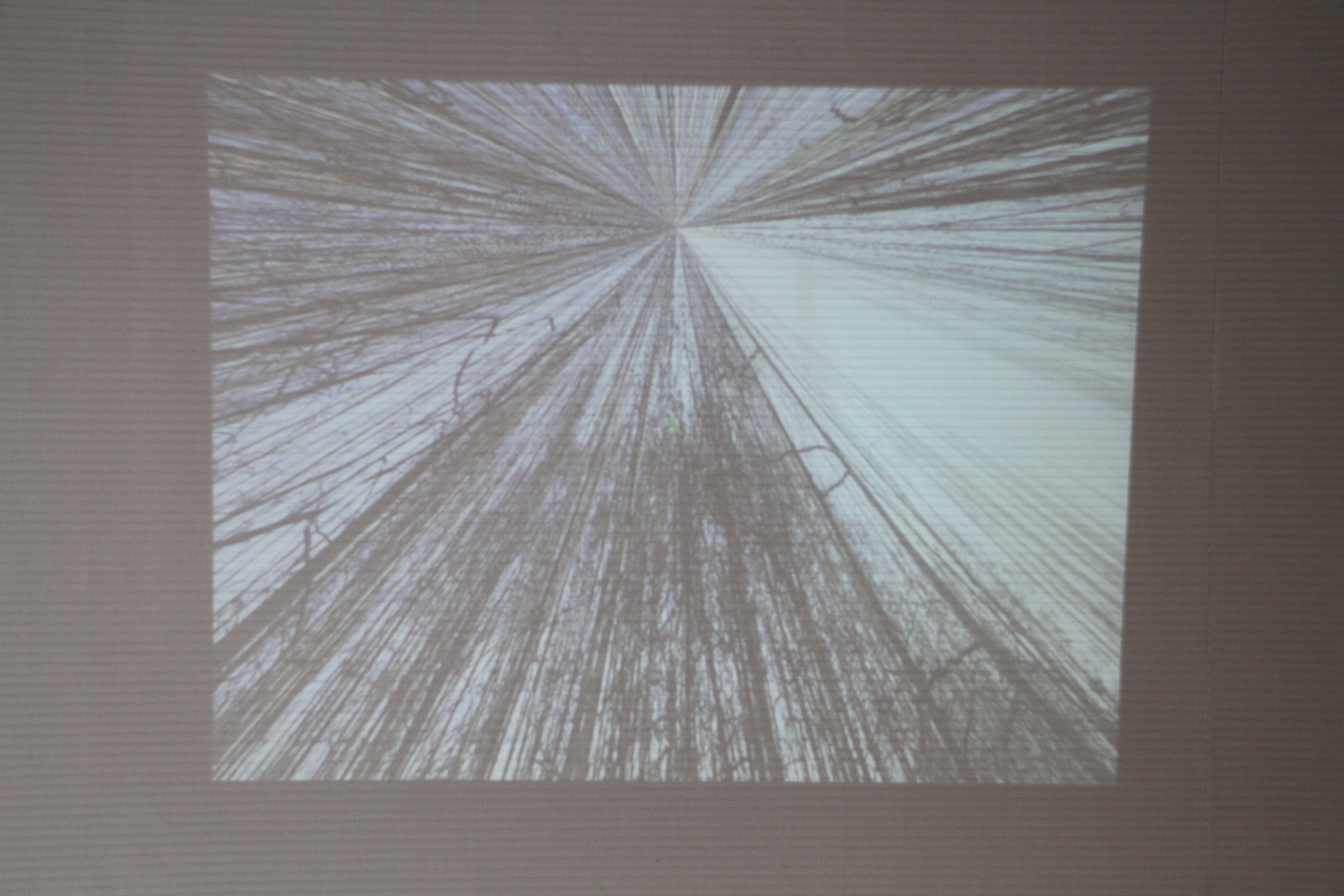
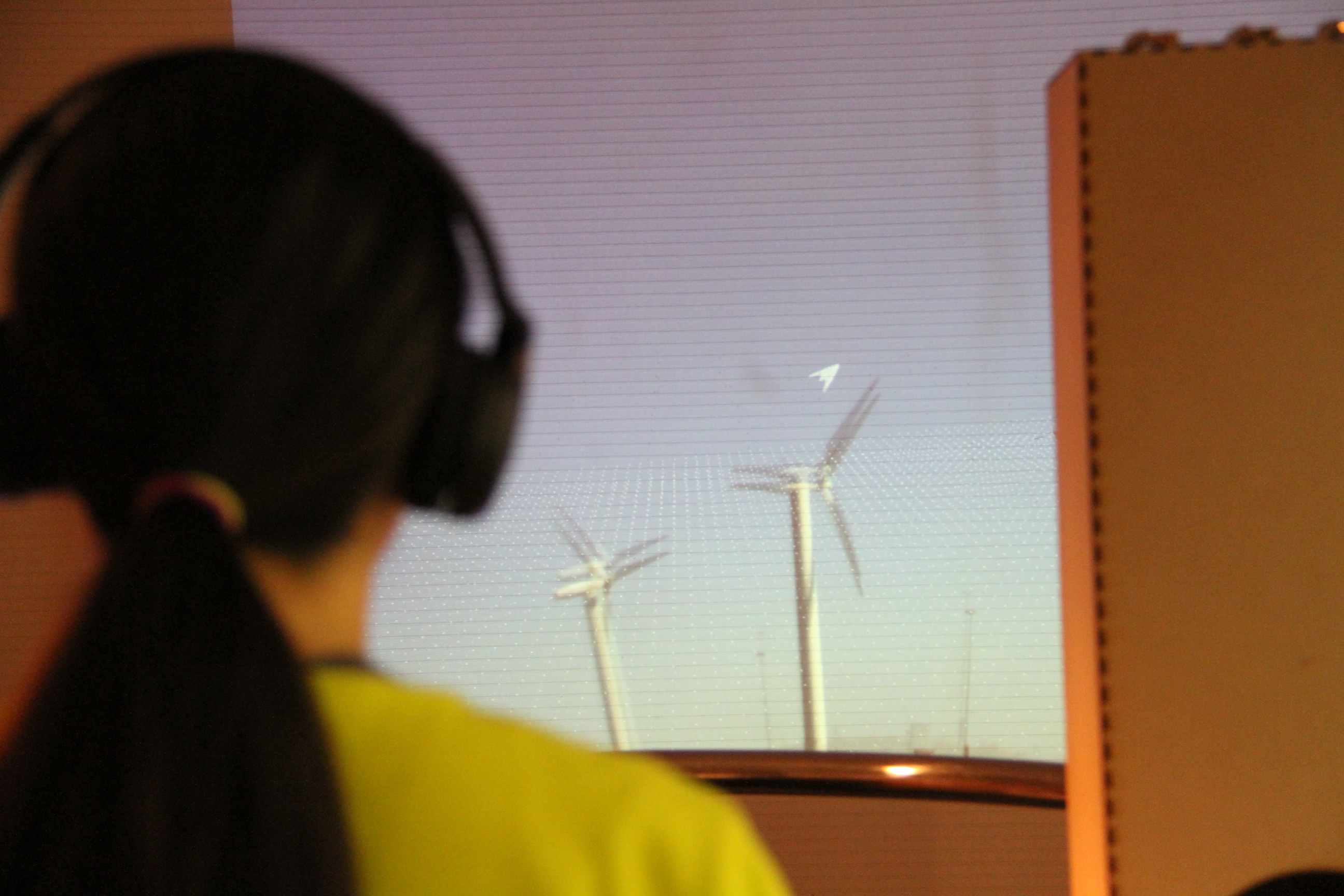
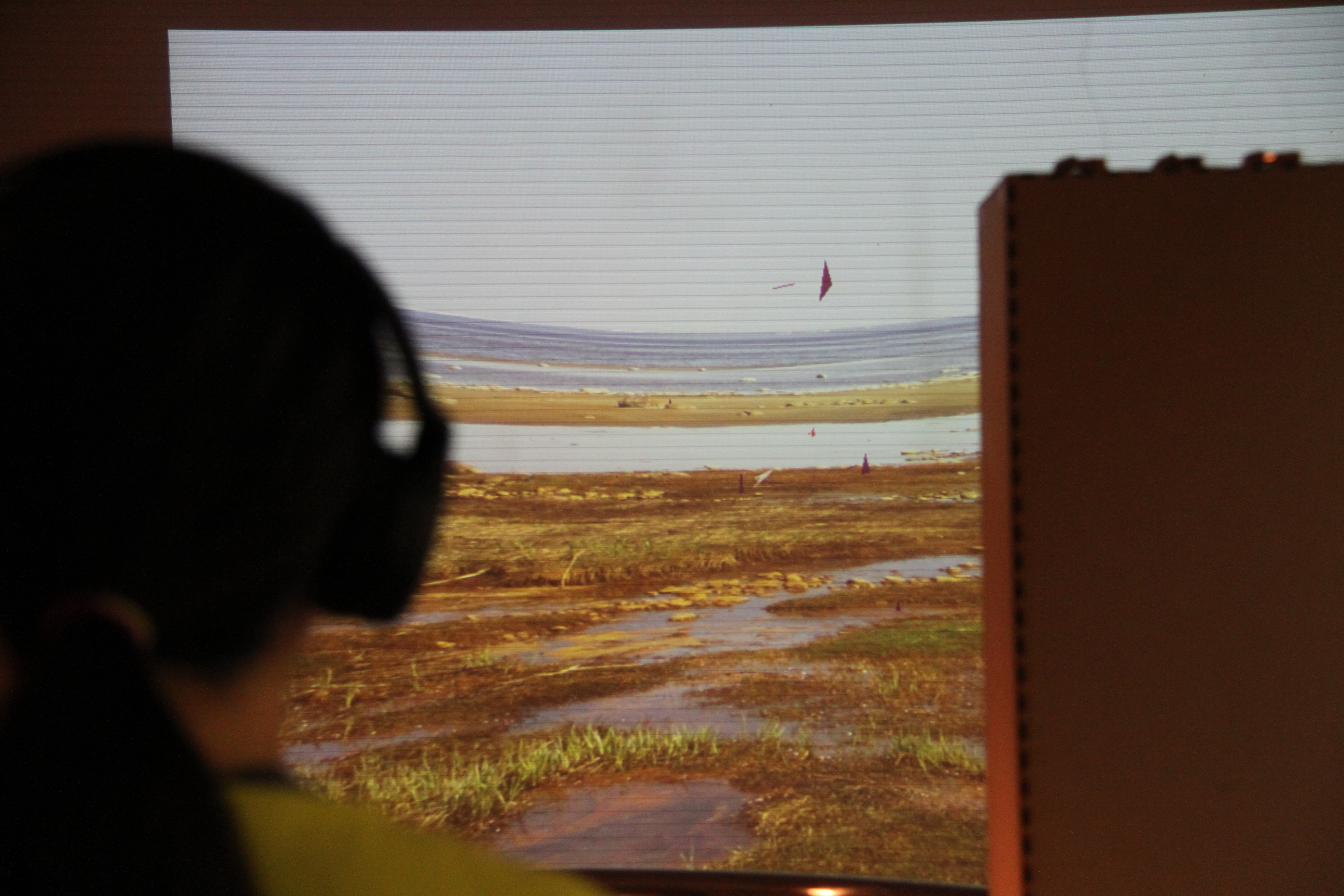

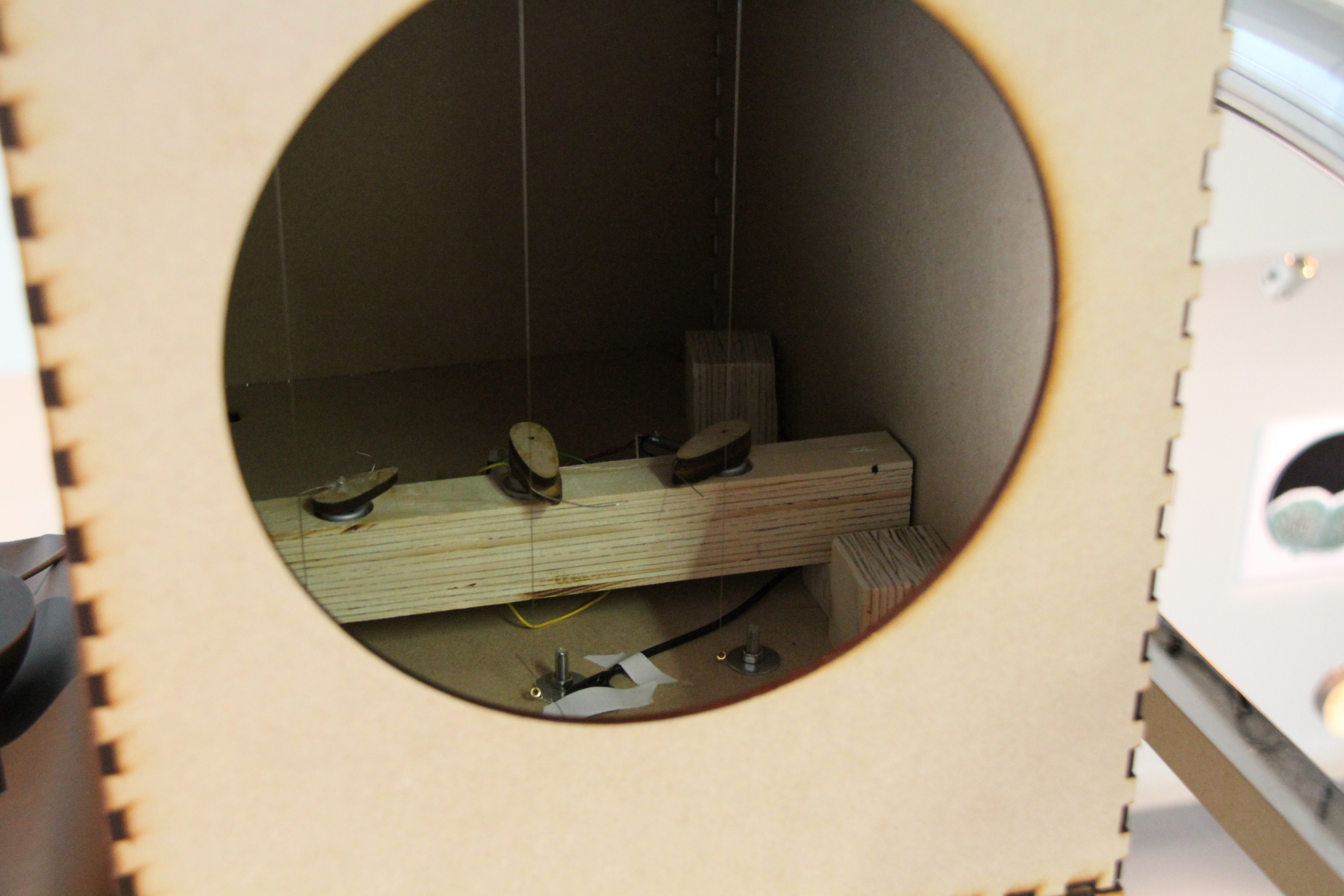

User Interface
A wide range of subtle to strong motion force, will cause the kite to generate a set of sound particles that becomes more audible when Leija is elevated and moved through this virtual realm. Sound particles become more perceivable as the game evolves.
Control for grains of sound
As a surrounded with different soundscapes from Helsinki, Finland.
A processes known as granular synthesis takes input pre-recorded sound material to process in real time to produce new organic tones of micro sound, to stimulate sensible perception of soundscape recordings.
Exhibition of Sounds from Finland
Sounds From Finland (Exhibition) from Juan Duarte Regino on Vimeo.
Kindly supported by Aalto University, 2014
For more info about the exhibition go to MLab Project Page and Media lab Helsinki page